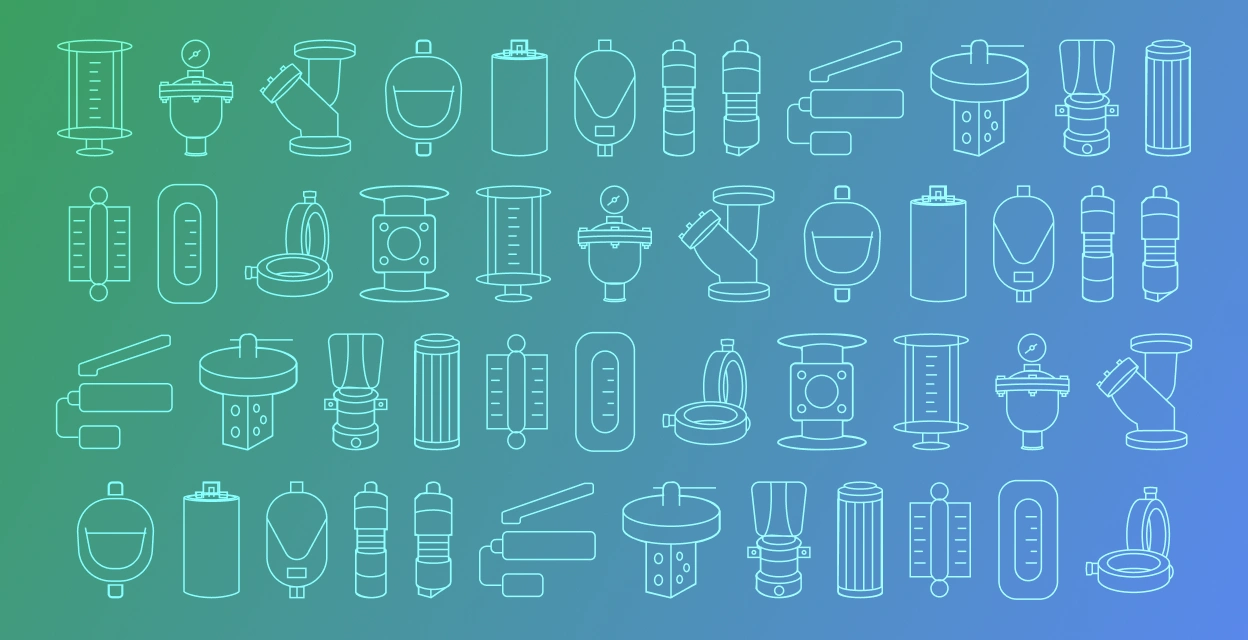Introduction: The Future of Hydraulic Systems
In the high-pressure world of hydraulic systems, staying ahead of trends is essential for efficiency, safety, and competitiveness. From smart technology to sustainable materials, innovations are reshaping how hydraulics operate across industries.
This blog explores the key trends that are defining the future of hydraulic systems and how these advancements are changing the way industries approach power, precision, and performance.
1. Smart Hydraulics
Smart hydraulic systems integrate sensors, IoT technology, and data analytics to monitor real-time performance, detect potential failures, and optimize energy usage.
Why It Matters:
- Reduces downtime with predictive maintenance.
- Improves operational efficiency.
- Enhances safety by detecting anomalies early.
Best Practices:
- Implement sensor-based pressure and temperature monitoring.
- Use cloud-based dashboards for remote performance tracking.
Example:
A construction company uses smart hydraulics to monitor excavator arm pressure, reducing maintenance costs by 20%.
2. Electro-Hydraulic Integration
Combining the power of hydraulics with the precision of electronics allows for better control, reduced energy consumption, and more responsive systems.
Why It Matters:
- Enhances precision in industrial machinery.
- Improves fuel efficiency in mobile equipment.
- Reduces operator fatigue with smoother controls.
Best Practices:
- Adopt hybrid systems where high force and fine control are needed.
- Integrate servo valves for precise movement.
Example:
Agricultural harvesters with electro-hydraulic steering improve maneuverability and reduce operator strain.
3. Green Fluids & Sustainability Standards
With increasing environmental regulations, hydraulic systems are moving towards biodegradable fluids, energy-efficient pumps, and eco-friendly designs.
Why It Matters:
- Meets global sustainability and compliance requirements.
- Reduces environmental risk in case of leaks.
- Enhances brand reputation as an eco-conscious operator.
Best Practices:
- Switch to biodegradable hydraulic fluids in sensitive environments.
- Upgrade to energy-efficient hydraulic pumps.
Example:
Marine cranes in coastal areas use biodegradable oils to protect marine life.
4. Materials Matter More Than Ever
Advancements in materials, such as corrosion-resistant alloys and lightweight composites, extend system life and improve efficiency.
Why It Matters:
- Increases system durability in harsh environments.
- Reduces equipment weight, improving mobility.
- Lowers maintenance and replacement costs.
Best Practices:
- Choose stainless steel or coated components in offshore operations.
- Incorporate composite materials for mobile equipment parts.
Example:
Offshore oil rigs use corrosion-resistant hydraulic cylinders for longer service life.
5. Modular & Customizable Systems
Modular hydraulics allow components to be swapped or upgraded easily, reducing downtime and enabling customization for specific applications.
Why It Matters:
- Speeds up repairs and upgrades.
- Allows for tailored solutions without full redesign.
- Improves lifecycle management.
Best Practices:
- Invest in modular valve blocks and pump assemblies.
- Use quick-connect fittings for faster installation.
Example:
Manufacturers of injection molding machines use modular hydraulic power units for easy capacity upgrades.
6. Industry 4.0
The integration of automation, real-time monitoring, and machine learning is redefining hydraulic system performance and predictive maintenance.
Why It Matters:
- Enables self-optimizing systems.
- Reduces unplanned downtime.
- Improves overall equipment effectiveness (OEE).
Best Practices:
- Integrate hydraulic systems into facility-wide automation platforms.
- Leverage AI analytics for maintenance scheduling.
Example:
A mining company uses AI-based hydraulic monitoring to predict and prevent pump failures.
7. Localized Supply Chains
Global disruptions have driven companies to source components locally, reducing lead times and improving supply security.
Why It Matters:
- Reduces shipping delays and costs.
- Supports local economies.
- Improves system uptime with faster part availability.
Best Practices:
- Partner with local suppliers for critical components.
- Maintain an emergency inventory of essential parts.
Example:
Heavy equipment manufacturers source seals and fittings from domestic suppliers to avoid global shipping delays.
Petronash Engineering Services
At Petronash, we design and deliver advanced hydraulic systems tailored to industry needs. Whether it’s smart controls, eco-friendly materials, or modular setups, our solutions are engineered for performance, durability, and efficiency.
Email: [email protected]
Website: www.petronashengineering.com
Conclusion
Hydraulic technology is evolving rapidly, with smarter, greener, and more adaptable systems becoming the standard. By adopting these trends early, industries can enhance efficiency, reduce costs, and future-proof their operations.
Petronash remains committed to delivering cutting-edge hydraulic solutions that meet the challenges of today and the demands of tomorrow.
 Back To Blogs
Back To Blogs